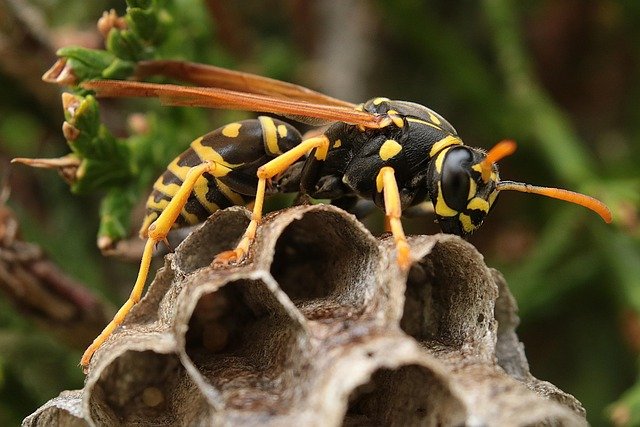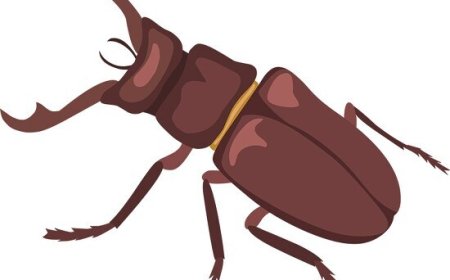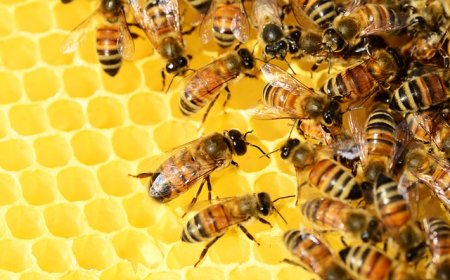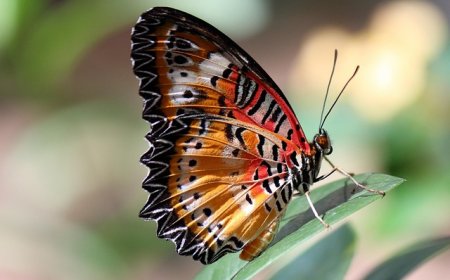Wasps for Kids: Fascinating Facts, Life Cycle, and Importance in Nature
Discover amazing facts about wasps in this kid-friendly guide. Learn about their life cycle, anatomy, nests, and why wasps are important to our world.

🐝 Wasps: Nature’s Fierce Hunters and Helpers
🌼 Introduction
Wasps are insects that often get a bad reputation because of their stings, but they are important members of the natural world. Some wasps are solitary hunters, while others live in big colonies. They play a huge role in controlling pest insects and even help pollinate plants. In this article, you’ll learn what makes wasps special, how they live, what they eat, and why we need them in our ecosystems.
Keywords: wasp facts for kids, wasp life cycle, wasp nest, differences between wasps and bees, wasp anatomy
🧬 What Are Wasps?
Wasps belong to the insect order Hymenoptera, the same group that includes bees and ants. Scientists estimate there are over 30,000 species of wasps around the world.
Wasps can be divided into two main categories:
-
Social Wasps
- Live in colonies.
- Build large nests.
- Work together to care for their young.
- Examples: Yellowjackets, paper wasps, hornets.
-
Solitary Wasps
- Live and hunt alone.
- Build individual nests or burrows.
- Examples: Mud daubers, potter wasps, cicada killers.
🐝 How Are Wasps Different from Bees?
Many people confuse wasps with bees, but there are some easy ways to tell them apart:
| Feature | Wasps | Bees |
|---|---|---|
| Body Shape | Slim and smooth | Fuzzy and stout |
| Hair | Less hair | More hair for collecting pollen |
| Food | Mostly insects, nectar, and fruit | Mostly nectar and pollen |
| Temperament | More aggressive when threatened | Usually less aggressive |
| Nest Material | Paper, mud, or underground | Wax |
🏠 Wasp Anatomy
Like all insects, wasps have:
- Head: Contains eyes, antennae, and mouthparts.
- Thorax: Where the wings and six legs attach.
- Abdomen: Contains digestive organs and the stinger.
Special features:
- Mandibles: Strong jaws used to chew and capture prey.
- Stinger: Used for defense and hunting.
- Wings: Two pairs, which fold lengthwise when resting.
🏡 Wasp Nests
Social wasps build nests out of chewed wood fibers mixed with saliva, which look like paper. These nests can be:
- Hanging from tree branches.
- Attached to eaves of buildings.
- Underground in old rodent burrows.
Solitary wasps make nests in many ways:
- Mud daubers: Build tube-shaped nests out of mud.
- Potter wasps: Make small pot-shaped nests.
- Cicada killers: Dig burrows in sandy soil.
🐝 The Wasp Life Cycle
Wasps go through complete metamorphosis, with four stages:
-
Egg
- The queen or female wasp lays eggs in the nest or inside other insects.
-
Larva
- The egg hatches into a larva, which looks like a tiny white grub.
- Workers feed the larva until it’s ready to pupate.
-
Pupa
- The larva spins a cocoon or transforms inside a cell.
-
Adult
- The adult emerges, ready to hunt, feed, and reproduce.
Fun Fact: Some solitary wasps lay their eggs inside living insects or spiders. The larva hatches and eats the host from the inside out!
🍽️ What Do Wasps Eat?
Wasps are omnivores, which means they eat many kinds of food:
- Adult wasps: Drink nectar, fruit juices, and sugary liquids.
- Larvae: Are fed protein from insects and spiders.
- Hunters: Many wasps capture caterpillars, flies, or beetles to feed their young.
Wasps help control pests that damage crops and gardens.
🌸 Wasps as Pollinators
Even though they are famous as hunters, some wasps also pollinate flowers when they visit them for nectar. They are less efficient than bees because they don’t have as much hair to hold pollen, but they still help many plants reproduce.
⚠️ Why Are Wasps Important?
Even though wasps sometimes sting humans, they are vital to nature:
- Control insect populations.
- Help plants by pollinating.
- Serve as food for birds, reptiles, and mammals.
- Recycle nutrients by breaking down decaying material.
🐝 Safety Around Wasps
While wasps are beneficial, they will sting if they feel threatened. Here are tips to stay safe:
- Stay calm and move away slowly if you see a wasp.
- Don’t swat or wave your arms.
- Keep food covered outdoors.
- If you have a large nest near your home, ask an adult to call a professional to remove it.
🎨 Visual Aids Suggestions
Here are visual aids you can include with your article:
-
Wasp Anatomy Diagram
- Label the head, thorax, abdomen, mandibles, wings, and stinger.
-
Life Cycle Chart
- Egg → Larva → Pupa → Adult.
-
Nest Photos
- Paper nest, mud nest, underground burrow.
-
Comparison Chart
- Bees vs. Wasps.
-
Photos of Common Wasps
- Yellowjackets, paper wasps, hornets, mud daubers.
✨ Interesting Facts About Wasps
- Wasps can recognize each other’s faces.
- The largest wasp in the world is the giant hornet, with a 3-inch wingspan.
- A wasp’s sting is smooth, so it can sting many times.
- Some wasps can paralyze prey with their venom.
- Paper wasps build nests that look like upside-down umbrellas.
- Not all wasps are aggressive—many solitary wasps never sting humans.
- Wasps appeared on Earth more than 100 million years ago.
📝 Kid-Friendly Summary
Wasps are insects that belong to the same group as bees and ants. They can be social or solitary, and they build nests from paper, mud, or underground burrows. Wasps eat nectar and insects, helping control pests and sometimes pollinate flowers. Even though their stings can hurt, wasps are important to the environment. With respect and care, people and wasps can live safely together.
🐝 Wasps Vocabulary Word List
Here are key words and their definitions:
| Word | Definition |
|---|---|
| Hymenoptera | The insect order that includes wasps, bees, and ants. |
| Social Wasps | Wasps that live together in colonies and work as a group. |
| Solitary Wasps | Wasps that live alone and build their own nests. |
| Metamorphosis | The process of changing from an egg to an adult in different stages. |
| Larva | The second stage in a wasp’s life, when it looks like a white grub. |
| Pupa | The stage when the larva transforms into an adult wasp. |
| Mandibles | The strong jaws wasps use to chew and grab food. |
| Stinger | The sharp part at the end of a wasp’s body used to inject venom. |
| Nest | The place where wasps lay eggs and raise their young. |
| Nectar | Sweet liquid from flowers that many adult wasps drink. |
| Pollination | Moving pollen from flower to flower so plants can make seeds. |
| Paralyze | To make something unable to move, often using venom. |
| Venom | A poisonous fluid used by wasps to hunt or defend themselves. |
| Paper Nest | A nest made by social wasps from chewed wood pulp that looks like paper. |
| Mud Dauber | A kind of solitary wasp that builds nests out of mud. |




















































